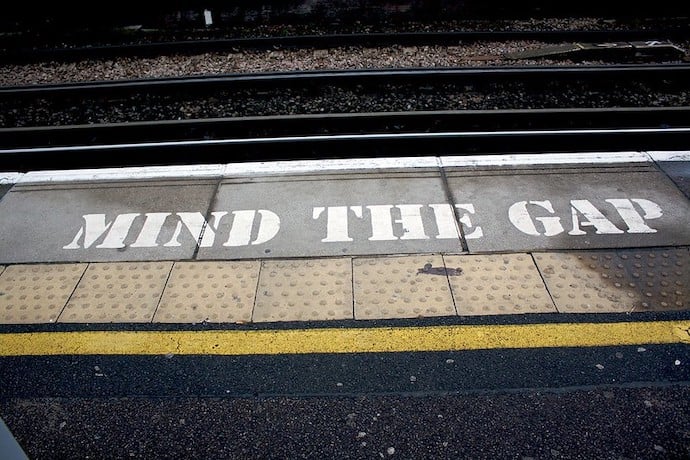Without a doubt, 2020 will be known as the year of crisis teaching in education. All around the globe, schools were shuttered and their curricula moved online due to the spread of Coronavirus. Math, Science, Arts, and Humanities teachers quickly adapted to the new landscape in a matter of days or weeks. In the middle of a pandemic, most teachers went above and beyond to make online content for their students engaging and rigorous.
Despite the passion and hard work that teachers put into their classes, there has been a growing concern about an education gap for the students of 2020. There is no doubt that learning remotely does not include the same social and kinesthetic qualities of a classroom education. A young learner’s brain simply does not respond in the same way while they Zoom or watch recorded lessons online. The group work, the active learning, and even the small talk and jokes that happen in a classroom play a big role in the social and emotional learning of school.
However, in this era of crisis teaching there is also a great opportunity. As schools move online and teachers and students work remotely, there is a push to use this time in a novel way. Rather than continue to deliver content and attempt to assess knowledge in the traditional way, some teachers are choosing to use this time instead for project-based learning (PBL) and independent study projects.
Motivation is one of the great challenges of a remote education, and during an independent study, students choose their research topic based on their interests and curiosity. This inquiry-based approach requires a great deal of scaffolding and structure, but it ultimately models real-world academic and entrepreneurial projects. Students design their proposals, create their own learning contracts, set due dates, and research their own resources.
Project-based independent study can promote agency and curiosity in a time when learning has become more passive than ever. The project based concept is not new and was the life’s work of the philosopher and founder of the University of Chicago Laboratory School, John Dewey. He believed that active experiences help students not only learn about the world as it is, but prepare for the changing, dynamic world they will inhabit. According to Dewey, “education is not preparation for life; education is life itself.” In a moment when students are faced with ever-evolving challenges, project-based learning provides a strong template for identifying problems, sourcing information, and developing solutions.
High Tech High is just one school that has utilized this model to teach organizational and research skills as well as content. A charter-school founded in 2000 outside of San Diego, High Tech High uses a project-based curriculum and continues to do so during quarantine. Students create projects based in the humanities, sciences, technology, and arts and present their work to their colleagues at an end of the year school-wide symposium. Their curriculum is well-organized and focuses on the key parts of a project-based curriculum: student curiosity, inquiry, agency, and presentation.
While my school started off the year in-person, there remains a strong chance that our classes will return to remote learning again this year. Being a technology and design teacher means incorporating up-to-date programming concepts and languages. However this year, if we move again to remote learning, I will be taking a cue from High Tech High and instead use this time to facilitate independent learning projects with my students.
Some teachers may feel that switching to a project-based curriculum would only further the loss of content. I can understand that perspective; however, in my experience many students are struggling with remote learning behind their laptops. While stronger students are continuing to do well, many other students are faltering. Moreover, many aspects of education like assessing mastery are extremely difficult outside of a classroom. Project-based units are a positive force for not only for developing the agile thinkers of the next generation, but providing an opportunity for growth in a challenging time.
Learn More
21st Century learning strategies
What does Problem-based learning look like?
Ideas for project-based learning
https://teachthought.com/project-based-learning/a-better-list-of-ideas-for-project-based-learning/
John Dewey biography
https://www.britannica.com/biography/John-Dewey
Harvard project-based learning
http://www.pz.harvard.edu/who-we-are/about
PBL
Parent resources for project-based learning
https://www.edutopia.org/project-based-learning-parent-resources
Project-based STEM activities
https://www.wabisabilearning.com/blog/36-stem-project-based-learning-activities
Inspiring project-based learning for kids
https://www.gettingsmart.com/2017/09/little-kids-big-ideas-inspiring-project-based-learning/
Project-based learning: science
https://www.thetechedvocate.org/14-project-based-learning-activities-science-classroom/

